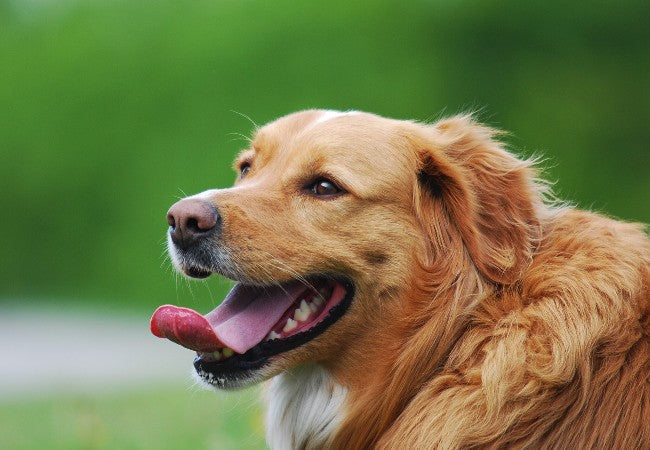Do Dogs Sweat? Vet’s 2025 Guide to Canine Cooling, Sweat & Heat Safety 🐶🌡️

In this article
Do Dogs Sweat? Vet’s 2025 Guide to Canine Cooling, Sweat & Heat Safety 🐶🌡️
By Dr. Duncan Houston BVSc
Hello—I’m Dr Duncan Houston BVSc, veterinarian and Ask A Vet founder. While dogs don't sweat like humans, they do have sweat glands—in their paws and noses. This vet‑approved guide unpacks:
- How and where dogs sweat
- Their primary cooling strategies
- What paw‑sweat means
- Signs of overheating or heatstroke
- Paw‑care & summer safety tips
- Ask A Vet tools for tracking heat‑risk and paw health
1. How Do Dogs Sweat?
- Merocrine glands are located in the paw pads (and nose); they release sweat when dogs are hot or stressed—sometimes leaving damp paw prints.
- Apocrine glands are distributed across the skin and secrete pheromones—not used for cooling.
2. Primary Cooling Methods
- Panting: Dogs breathe rapidly with an open mouth to evaporate moisture from their nasal passages, tongue, and lungs—this is their main cooling mechanism.
- Vasodilation: Your dog’s blood vessels (especially in ears, face) expand, bringing heat to the surface to dissipate.
- Paw sweat: A minor cooling method and traction aid, not a major thermoregulator.
3. What Paw‑Sweat Tells You
- Heat stress: Damp paw pads + panting or warm ears often mean overheating.
- Stress or anxiety: Moist paws can signal nervousness, such as at the vet.
- No odor: The “corn chip” smell often comes from bacteria, not sweat.
4. Overheating & Heatstroke Signs
- Heavy panting, drooling, red gums/skin, weakness or collapse.
- Warm to touch, rapid heartbeat, vomiting, seizures—medical emergency.
- High‑risk breeds: brachycephalic (pugs, bulldogs), seniors, dark‑coated, obese dogs.
5. Paw‑Care & Heat‑Safety Tips
- Check paws after walks; if wet, gently dry—watch for hot pavement.
- Provide shade, fresh water, and avoid midday exercise in summer.
- Support healthy coat—don’t shave double‑coated dogs; grooming helps.
- Spritz or use fans/cooling vests to assist cooling.
- Never leave your dog in a hot car—even briefly.
6. Ask A Vet Support Tools
- Heat‑sign tracker (panting, paw dampness, behavior changes)
- Paw‑care logs for drying/inspection habits
- Alerts for heat‑danger thresholds and care reminders
- Guidance templates for cooling plans and activity timing
📌 Final Thoughts from a Vet
Dogs do sweat, but only through their paw pads and noses—and it's a minor part of their cooling system. Panting and vasodilation are their main strategies. Paw‑sweat can signal heat stress or anxiety. With smart heat‑management, paw care, and Ask A Vet tools, you can help your pup stay safe, comfortable, and cool—especially during summer fun. 🐾❤️






